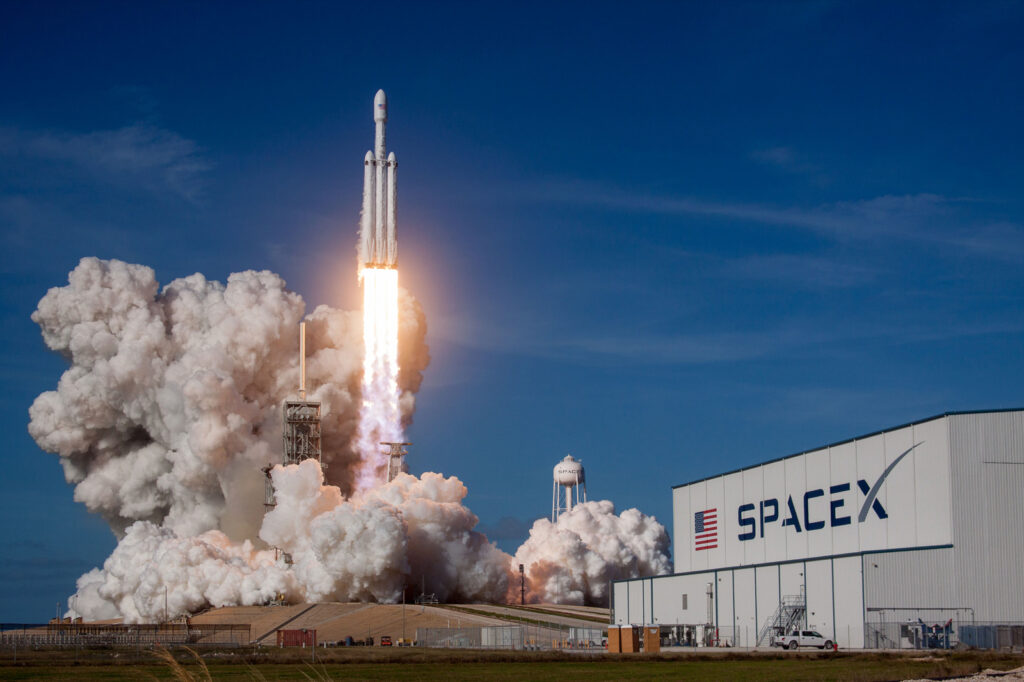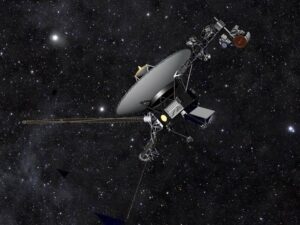
SpaceX has embarked on a daring new mission, sending a four-person civilian crew into Earth’s Van Allen radiation belts for a pioneering journey that includes the first-ever commercial spacewalk. The mission, named Polaris Dawn, lifted off at 5:23 a.m. ET, following several weather delays.
The launch was broadcast live on X, the social media platform formerly known as Twitter, which SpaceX CEO Elon Musk acquired in 2022. Ground controllers, led by SpaceX launch director Frank Messina, offered words of encouragement to the crew, marking the first time SpaceX employees have ventured into space.
“As you gaze towards the North Star, remember that your courage lights the path for future explorers,” the controllers said. “We trust your skills, your bravery, and your teamwork to carry out the mission that lies ahead. Know that the entire team back here is with you every step, watching, supporting, and cheering you on.”
The mission faced several weather-related setbacks, including delays in late August and earlier on launch day, as SpaceX needed not only clear skies for liftoff but also calm conditions for the crew’s return after a five-day excursion. Timing is crucial, as the spacewalk will reduce oxygen supplies, leaving the Polaris Dawn mission with only five to six days of life support.
Journey to Orbit
The crew rode atop a SpaceX Falcon 9 rocket, strapped inside a Crew Dragon capsule as the rocket launched from NASA’s Kennedy Space Center in Florida. After 2 ½ minutes, the first stage of the rocket detached and returned to Earth for reuse, while the second stage continued propelling the spacecraft to speeds of over 17,000 miles per hour (27,358 kilometers per hour) to reach orbit.
The crew will now rely on the Crew Dragon’s onboard thrusters to navigate space for the remainder of their mission.
Historic Spacewalk Attempt
Polaris Dawn is spearheaded by billionaire Jared Isaacman, founder of Shift4 Payments, who previously flew in SpaceX’s Inspiration4 mission in 2021. This mission, however, is far more ambitious.
Isaacman and his crew — former US Air Force pilot Scott “Kidd” Poteet and SpaceX engineers Anna Menon and Sarah Gillis — aim to set several records, including reaching an altitude higher than NASA’s Gemini 11 mission, which soared to 853 miles (1,373 kilometers) above Earth in 1966. Polaris Dawn plans to exceed that by roughly 20 miles (32 kilometers).
The mission would also mark the highest any human has flown since NASA’s Apollo program, which ended in 1972. Additionally, it may see the farthest distance any woman has traveled into space.
On day three of the mission, the crew, orbiting at 435 miles (700 kilometers) above Earth, will attempt a hazardous spacewalk. This marks the first commercial spacewalk, exposing the crew and the spacecraft to the vacuum of space. SpaceX has taken precautions to prevent potential risks, such as difficulty relocking the hatch or releasing toxins when the cabin is repressurized.
Polaris Dawn’s success could pave the way for future private space exploration milestones.







